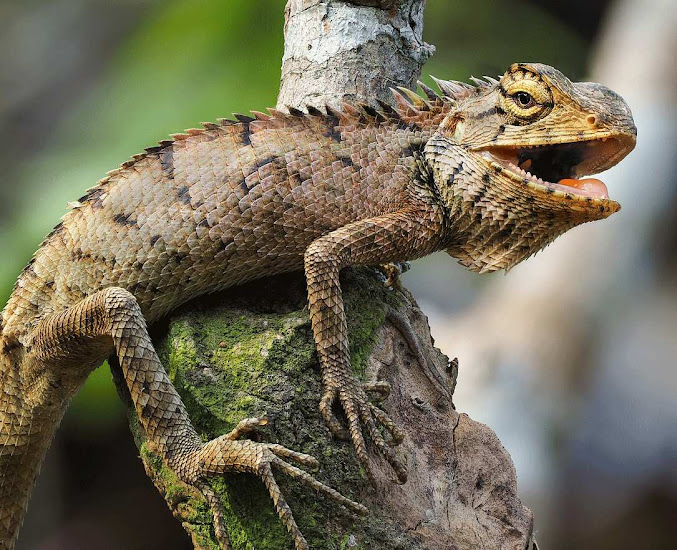Rhim gazelle
Rhim gazelle
The rhim gazelle or rhim (Gazella leptoceros), otherwise called the slim horned gazelle, African sand gazelle, or Loder's gazelle, is a pale-covered gazelle with long thin horns and very much adjusted to abandon life. It is viewed as an imperiled species in light of the fact that less than 2500 are left in nature. They are tracked down in Algeria, Egypt, Tunisia and Libya, and perhaps Chad, Mali, Niger, and Sudan.
Originally named
As per Richard Lydekker, the name rhim is Algerian Arabic, while in Tunisian and Egyptian the creature is known as the ghazal abiad, "white gazelle", attributable to its pale coat. The name rhim is related with and maybe got from the Jewish expression re'em saw as in the Good book, which might allude to an aurochs, oryx, or maybe a unicorn.
Albeit depicted and named by Frédéric Cuvier in 1842, the rhim gazelle was rediscovered by Edmund Giles Loder later around the same time, consequently the equivalent Gazella loderi and the normal name Loder's gazelle.
Description
paddling to a length of 101 to 116 cm (40 to 46 in), this is the palest of the gazelles, and very much adjusted to abandon life in numerous ways. The upper parts are pale buff or cream and the appendages and under parts are white or pale buff. The horns on the male are slim and marginally S-molded; those of the female are much more slender, lighter and almost straight. There are weak facial markings and a vague stripe at the edge. The tail is earthy dark, around 15 cm (6 in) long, and stands out from the pale rump.
Dispersion and natural surroundings
The rhim gazelle is known from Algeria, Tunisia, Libya, and Egypt. It has additionally been accounted for from Niger and Chad, yet these sightings appear to be dubious and its exact reach is hazy. The rhim gazelle is found in detached pockets across the focal Sahara Desert. The outrageous intensity of this climate restricts their taking care to the early morning and night, and G. leptoceros gains the greater part of its water necessities from dew and plant dampness, depending minimal on untamed water sources. The rhim gazelle is a traveling animal category, getting across its desert range looking for vegetation, however, it doesn't have a set transitory example. Its normal natural surroundings are sand ridges and the miseries among them and other sandy regions, yet additionally rough areas.
Physiological Transformations
Rhim gazelles utilize an exceptional sort of temperature guideline called heterothermy to get by in this unforgiving desert environment. With heterothermy, creatures never again keep their internal heat level inside a restricted range. Heterothermy in Rhim gazelles brings about an expansion in internal heat level during the intensity of the day that lessens how much evaporative cooling that gazelles would have to do to remain cool. By diminishing evaporative cooling, gazelles decrease energy use and save body water. During cooler temperatures around evening time, the putaway intensity can be delivered, permitting the gazelles' internal heat level to diminish back to a typical physiological range. Rhim gazelles keep an ordinary skin temperature of around 35-°C in the late spring and around 25-°C in the winter. When heterothermy is utilized, the gazelle encounters an internal heat level increment of 5-20°C relying upon occasional conditions.
Status
Jeopardized by the mid-1970s, this type of gazelle was in serious decay. They were pursued right off the bat by mounted then by mechanized trackers for the game, meat, or their horns, which were sold as trimmings in North African business sectors. The dangers the creatures face currently incorporate poaching, unsettling influence by people, and loss of appropriate environment. The Worldwide Association for Preservation of Nature gauges there may simply be 300 to 600 mature people in the wild, and has evaluated their protection status as "endangered".


das.png)
da.png)
fsa.png)
hh.png)
ff.png)




